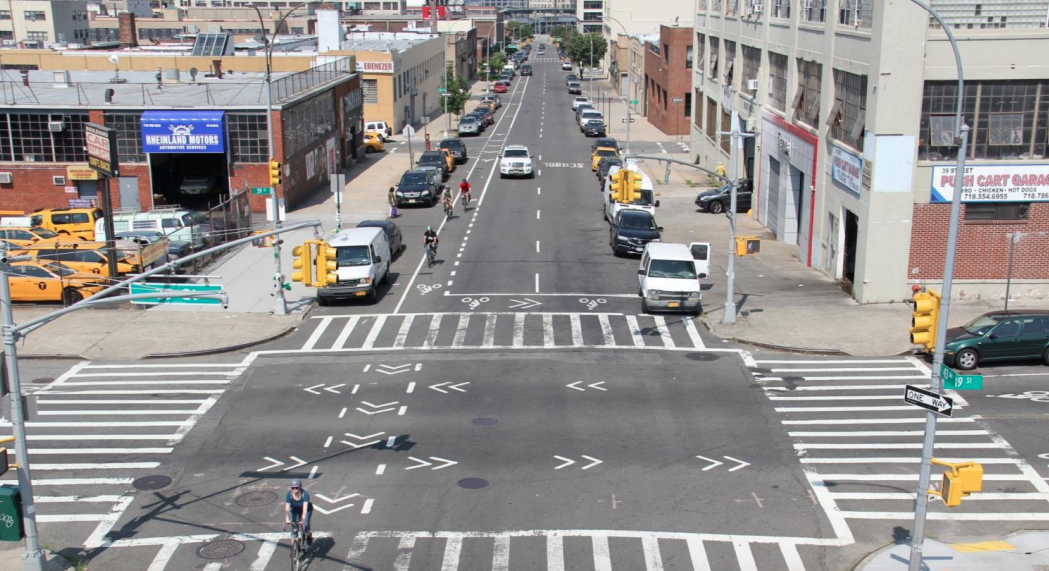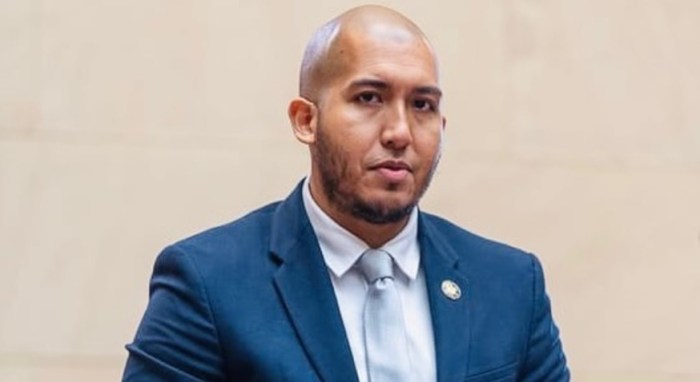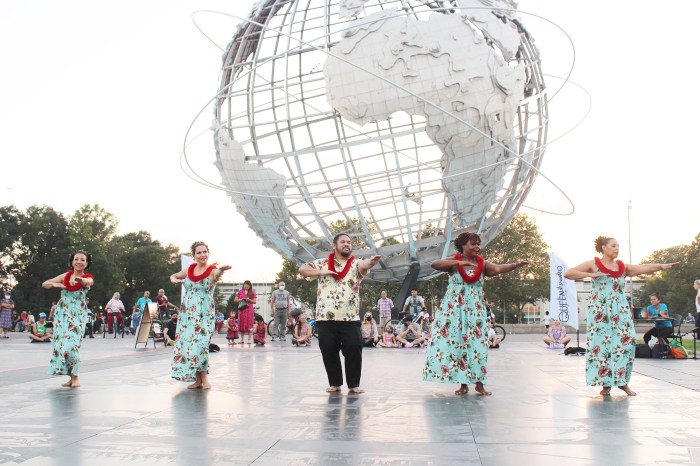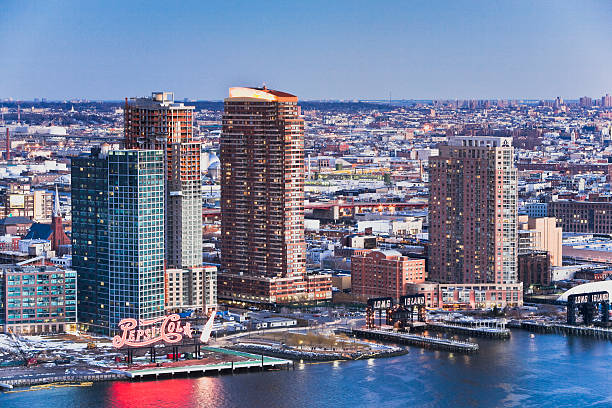A new Quartzy article that analyzed why women are less likely to bike to work than men, contained some interesting news for the Queens bike community.
The article, which presented several surveys that found the undergirding reason why women bike in fewer numbers is due to safety concerns. The article crunched some data that suggests that female riders are more attentive to safety conditions than their male peers.
To illustrate this point, it used the installation of parking-protected lanes on both 43rd Avenue and Skillman Avenue in Sunnyside in 2018. The bike lanes are each five to six feet wide and buffered from ongoing traffic by a lane of parked cars.
Data that fitness startup Strava provided and analyzed showed that new protected bike lanes significantly increased the amount of female bike traffic on the strip.
In 2019, women ridership increased by 40 percent on 43rd and nearly 50 percent on Skillman than they had in 2018. Meanwhile male ridership on that strip did not increase after the new infrastructure upgrades.
The study analyzed 11,416 bike trips by women borough-wide between 2015 and 2019, according to Quartzy. The article argues that the metrics that the city uses to determine risk — crash counts and rates — could not have uncovered the gender disparity in ridership.
Last week, at her end-of-year town hall, state Senator Jessica Ramos echoed the safety concerns that the studies supports as she announced her effort to bring protected bike lanes to 34th Avenue in Jackson Heights.
She has requested the city’s Department of Transportation make an inversion of the bike lanes and the parking spaces on 34th Avenue similar to the one that was made to Skillman and 43rd Avenue.
The town hall happened prior to the study. While Ramos didn’t turn the infrastructure project into a gender equity issue, she did say that for her personally, safety concerns stop her from biking in her own neighborhood.
“The reason I don’t ride a bicycle, as a professional pedestrian, is because I’m mortified that I might be hit by a car. So I figure that if we offer these protected bike lanes, I might be able to ride with my kids,” Ramos said.
When asked by QNS what the timeline of the new bike lane upgrades would be, Ramos said that the talks with the DOT were still preliminary and it was too early to say.
































